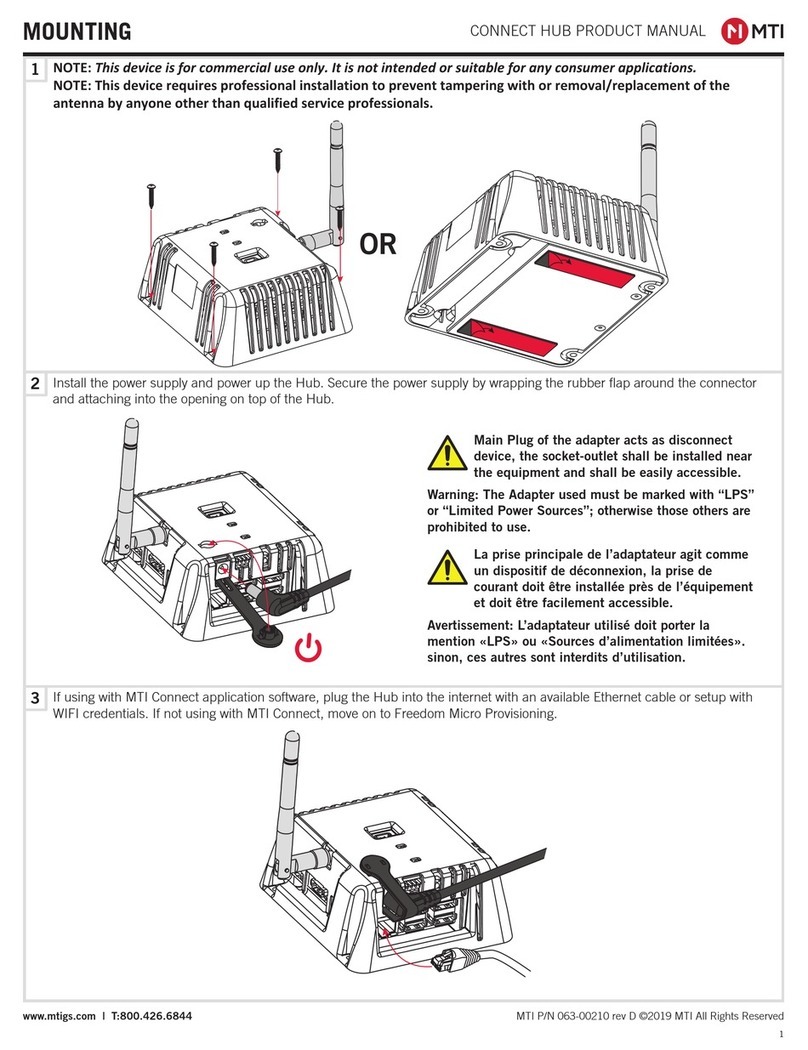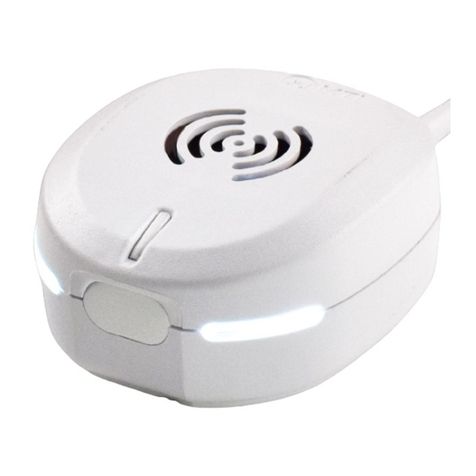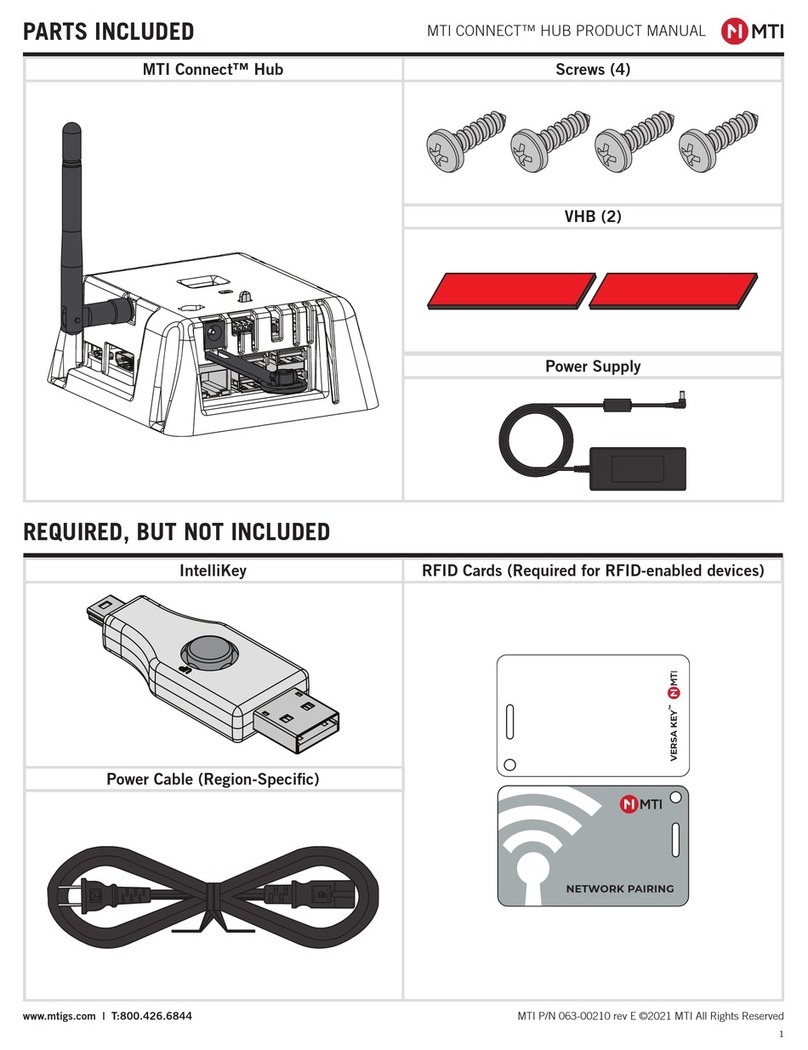
MVP Speaker Equalizer .............................................................................. 31
Sales Benefits ................................................................................ 31
How the MVP Speaker Equalizer Does its Job ................................ 32
Calibrating Speakers with the MVP Speaker Equalizer ................... 32
MVP Speaker Equalizer, Side View ................................................. 33
Audio MVP Control Module .......................................................... 34
MVP Infra-Red Remote Control .............................................................................. 35
MVP Control Panel Mounting Frames .................................................................... 37
Shelf Mount .............................................................................................. 38
Matrix System®Switching Modules ........................................................................ 39
1210 / 1214 Switching Modules ............................................................... 40
1240 / 1242 Switching Modules ............................................................... 42
1310 / 1312 Switching Modules ............................................................... 44
1320 / 1322 Switching Modules ............................................................... 46
1410 / 1412 Switching Modules ............................................................... 48
1440 / 1442 Switching Module................................................................. 50
1820 S-VHS Switching Module .................................................................. 52
Switching Module Applications ................................................................. 54
Input and/or Output Switching .................................................... 54
Switching Multi-Channel Components ......................................... 55
Auxiliary Equipment ............................................................................................... 57
Switching System Installation Accessories .................................................. 57
Component Installation Accessories........................................................... 58
MATRIX SYSTEM®INSTALLATION
A. Preparation ........................................................................................................ 59
1. Unpacking Your Shipment..................................................................... 59
2. Checking Your Space ............................................................................ 60
3. Tools and Supplies Needed ................................................................... 60
4. Some Basic Principles ............................................................................ 61
5. Wiring Technique .................................................................................. 61
6. Wiring Color Code ................................................................................ 62
B. Switching Module Installation ............................................................................ 64
1. Organize Your Switching System Into Chains ........................................ 64
2. Set the DIP Switches.............................................................................. 64
3. Label the Switching Modules ................................................................ 64
4. Installing Speaker Coil Shorting Jumpers ............................................... 64
5. Mount the Switching Modules .............................................................. 65
6. Interconnect Switching Module Control Cables..................................... 65
7. Interconnect the Signal Bus ................................................................... 66
Matrix System®






























